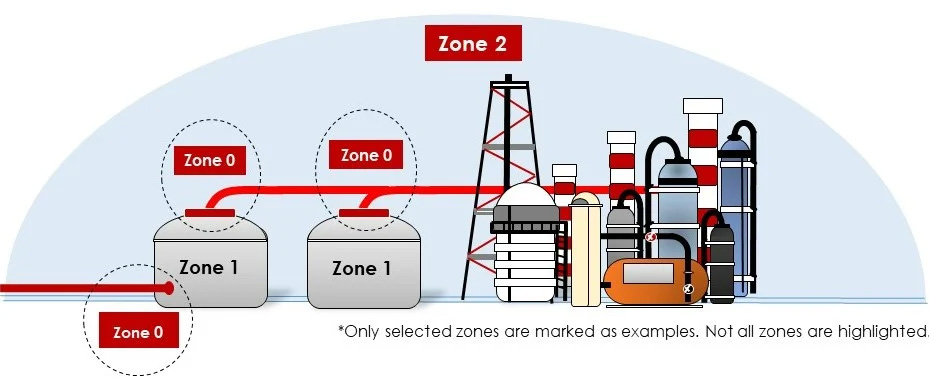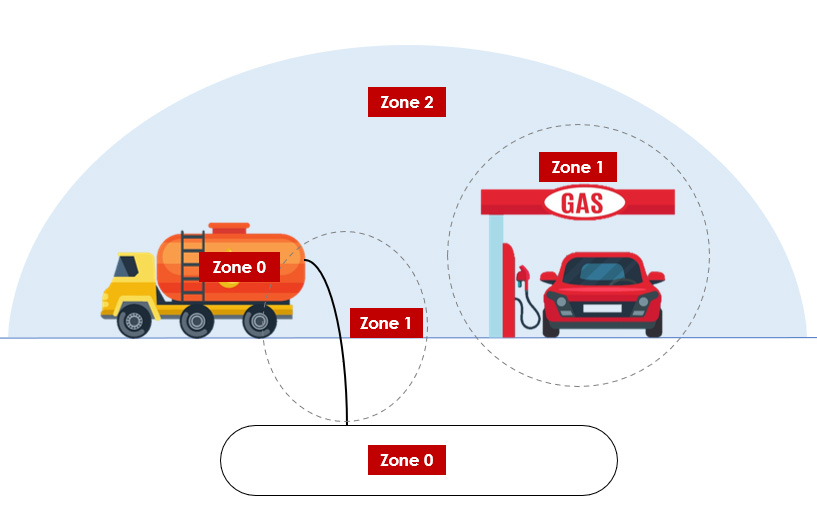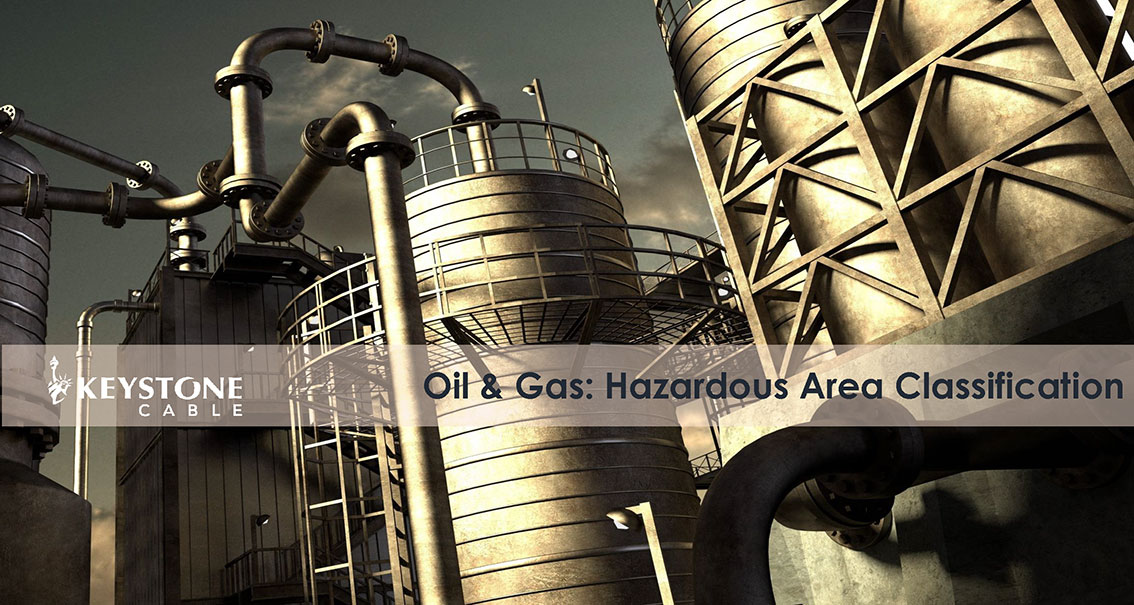The oil and gas industry is hazardous as it is prone to explosions that occur in the presence of 3 substances: flammable gas or dust, oxygen, and an ignition source. Hence, to prevent explosions from occurring, we need to ensure that these 3 substances are not present at the same time. Conversely, as both flammable gas and dust are indispensable in the oile and gas industry, and oxygen is a necessity, the determining factor lies in the preventation of ignition sources.
There are different types of hazarous areas and they are classified into zones based on their risk factors. Here we introduce the 3 different zones: Zone 0, Zone 1, and Zone 2.
What are the different zones?
The hazardous areas are classified into zones based on their likelihood and duration of occurrence of an explosive atmosphere. The zones are:

Zone 0: Explosivie gas-mixture is continously present, or present for long periods.
Zone 1: Explosive gas-mixture is likely to be present in normal operation. Zone 2: Explosive gas-air mixture is not likely to be present, or present for short periods.
The different zones require dissimilar protection measures in terms of enclosure type, Zone 0 requires Ex 'd' protection, and Zones 1 and 2 requires Ex 'e' protection.
Our Keystone Oil & Gas cables are structurally designed to fit their respective zones.Keystone’s Oil & Gas Cables
Keystone Cable has supplied Oil & Gas cables to iconic projects locally and internationally, such as Tanjong Bin Oil Terminal (Malaysia),
Ilijan LNG (the Philippines), Jet Fuel Upgrade @ Yangon Airport (Myanmar), Pluto LNG (Australia), and the Arkema Project @ Jurong Island (Singapore).

To find out more about our Oil & Gas cables, contact our Sales team.

